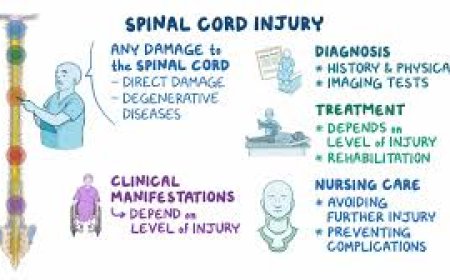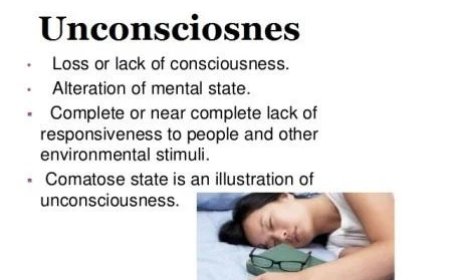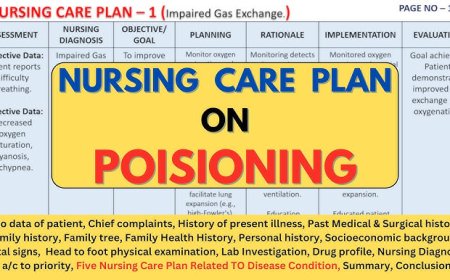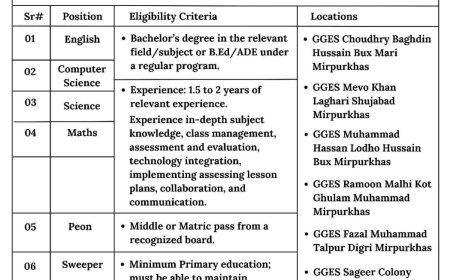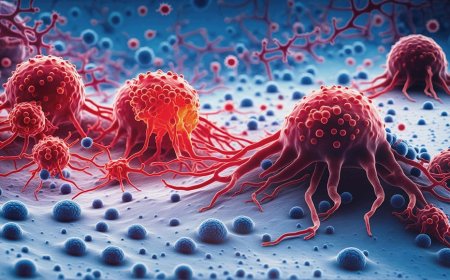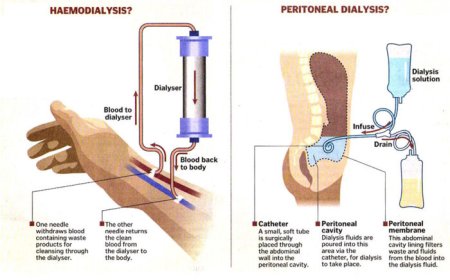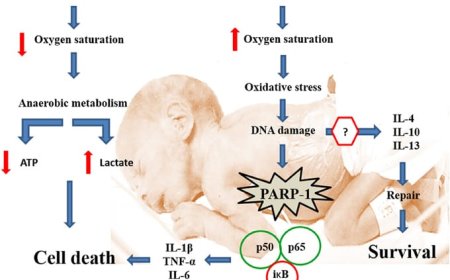vertebral- column- anatomy
The vertebral column is a complex, essential structure that combines strength, flexibility, and protection. A clear understanding of its anatomy is crucial in diagnosing and treating spinal disorders
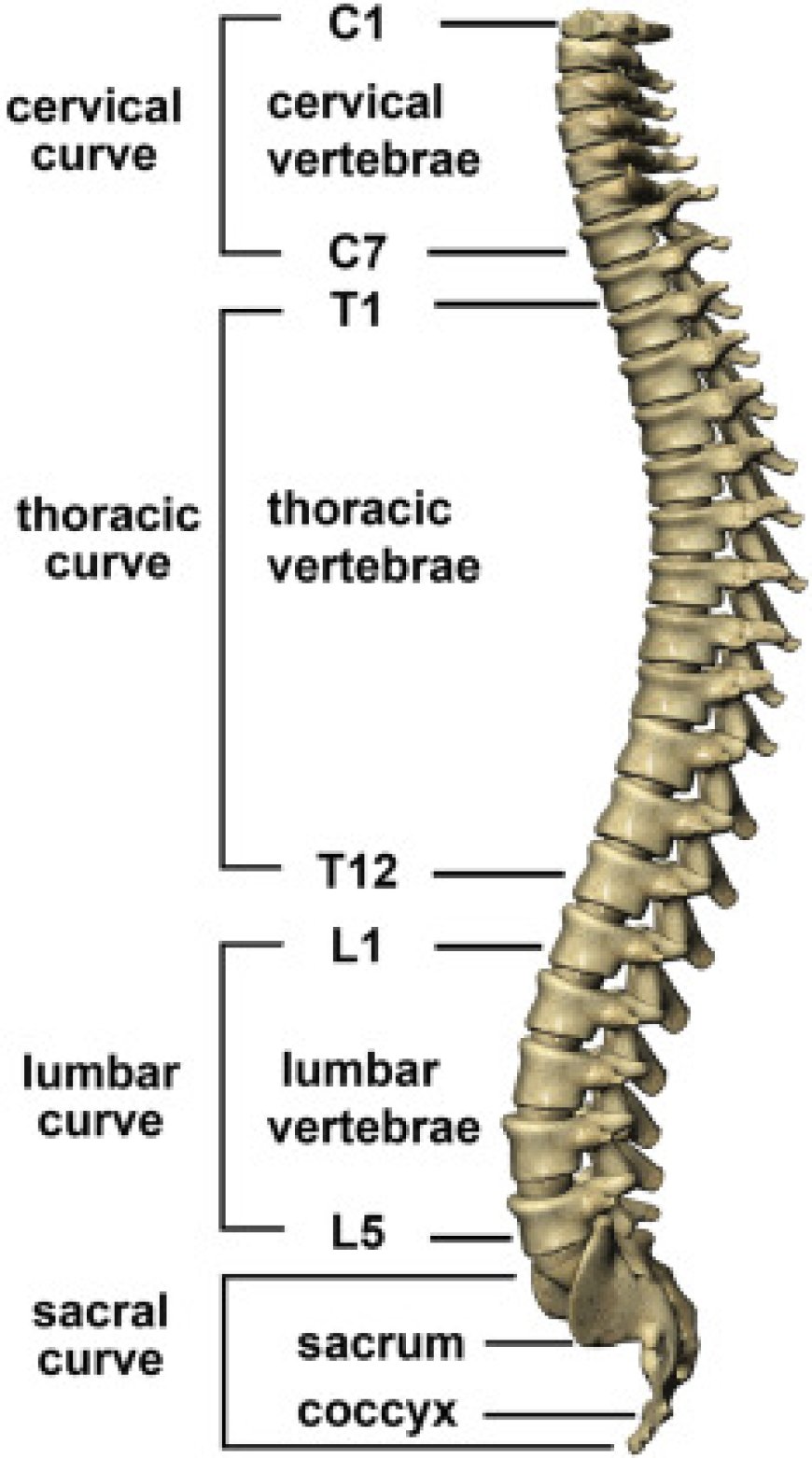
Introduction
The vertebral column is a flexible, bony structure that forms the central axis of the skeleton. It provides support for the body, protects the spinal cord, and allows for movement and flexibility. Commonly referred to as the spine or backbone, it extends from the base of the skull to the pelvis.
Functions
-
Protection: Encloses and protects the spinal cord within the vertebral canal.
-
Support: Supports the head and trunk, and transfers weight to the pelvis.
-
Movement: Provides attachment points for muscles and permits a range of motions.
-
Shock Absorption: Intervertebral discs act as cushions to absorb shock.
Curvatures of the Spine
The vertebral column has four normal curvatures:
-
Cervical and Lumbar: Lordotic curves (convex anteriorly)
-
Thoracic and Sacral: Kyphotic curves (concave anteriorly)
These curves help maintain balance and absorb stress.
Typical Vertebra Anatomy
A typical vertebra consists of:
-
Body (Centrum):
-
Anterior, weight-bearing portion.
-
Size increases from cervical to lumbar.
-
-
Vertebral Arch:
-
Encloses the vertebral foramen.
-
Formed by:
-
Pedicles: Connect the body to the arch.
-
Laminae: Unite to form the roof of the arch.
-
-
-
Processes:
-
Spinous Process: Projects posteriorly.
-
Transverse Processes (2): Project laterally.
-
Articular Processes (4): Superior and inferior, form facet joints.
-
-
Vertebral Foramen:
-
Central canal through which the spinal cord passes.
-
Successive foramina form the vertebral canal.
-
Intervertebral Discs
Located between vertebral bodies (except between C1–C2 and sacrum/coccyx):
-
Annulus Fibrosus: Tough outer layer.
-
Nucleus Pulposus: Gel-like core for shock absorption.
-
Functions:
-
Allow limited movement.
-
Distribute loads.
-
Special Vertebrae
Cervical Vertebrae (C1–C7):
-
C1 (Atlas): No body or spinous process; supports the skull.
-
C2 (Axis): Has dens (odontoid process) that acts as a pivot.
-
C7: Vertebra prominens; long, palpable spinous process.
Thoracic Vertebrae (T1–T12):
-
Facets for rib articulation on body and transverse processes.
-
Long, downward-pointing spinous processes.
Lumbar Vertebrae (L1–L5):
-
Large bodies.
-
Short, thick spinous processes.
Sacrum and Coccyx
Sacrum:
-
Triangular bone formed by fusion of five sacral vertebrae.
-
Forms posterior wall of the pelvis.
-
Contains sacral foramina for nerve passage.
Coccyx:
-
3–5 fused vertebrae.
-
Vestigial tailbone.
Joints of the Vertebral Column
-
Intervertebral Joints:
-
Between vertebral bodies.
-
Symphysis (cartilaginous) joints.
-
-
Zygapophysial (Facet) Joints:
-
Between articular processes.
-
Synovial plane joints; allow movement.
-
-
Craniovertebral Joints:
-
Atlanto-occipital joint: Flexion/extension of head.
-
Atlanto-axial joint: Rotation of head.
-
Ligaments
-
Anterior Longitudinal Ligament: Prevents hyperextension.
-
Posterior Longitudinal Ligament: Prevents hyperflexion.
-
Ligamentum Flavum: Connects laminae; elastic.
-
Interspinous and Supraspinous Ligaments: Limit flexion.
-
Ligamentum Nuchae: Supports cervical spine.
What's Your Reaction?
 Like
0
Like
0
 Dislike
0
Dislike
0
 Love
0
Love
0
 Funny
0
Funny
0
 Angry
0
Angry
0
 Sad
0
Sad
0
 Wow
0
Wow
0

